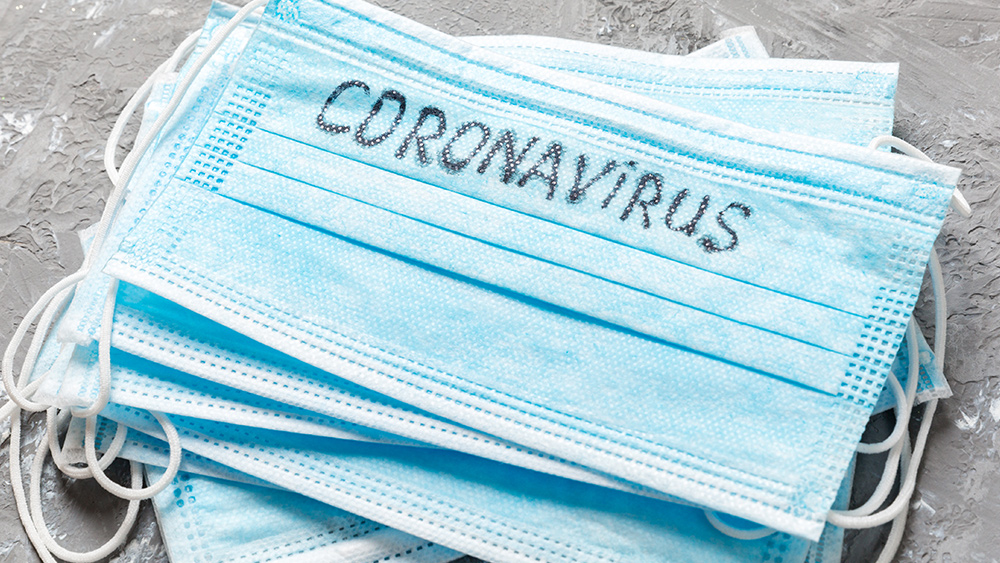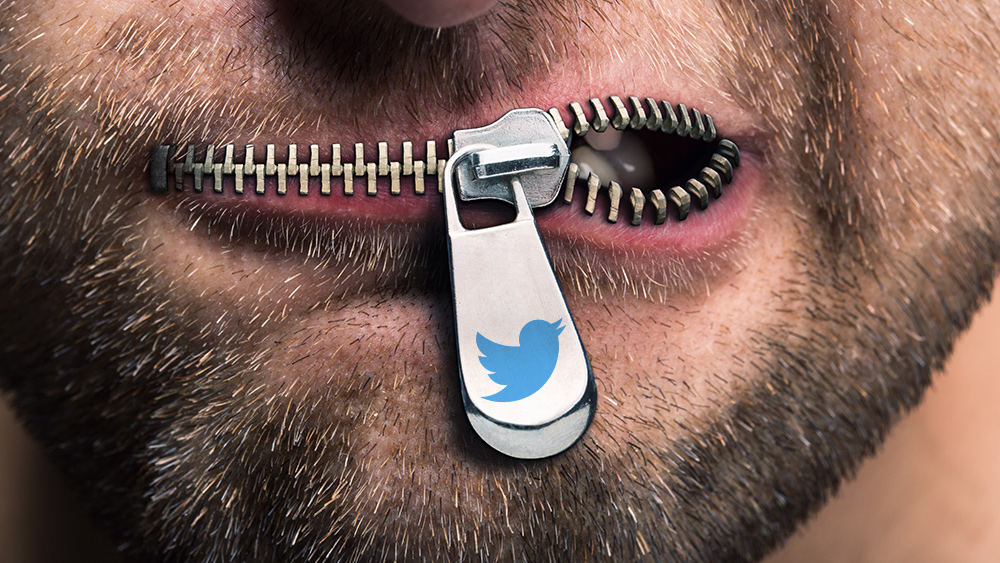
Advertisement
We are all familiar with the old refrain “sleep tight and don’t let the bed bugs bite” but the saying is more significant now than ever before. In a news release, pest control company Orkin warns that as recent as ten years ago bed bug infestations were a rarity, but today the problem has grown worse than any time in US history. Measuring a mere 3/16 of an inch, bed bugs can easily avoid detection by hiding within tiny crevices in walls as well as in mattress creases. Orkin Entomologist and Director of Technical Services Ron Harrison, Ph.D., dispels a common myth regarding bed bugs, that they only inhabit places of squalor:
“Anyone can get bed bugs in their home. They are not a sign of uncleanliness. Bed bugs only need blood to survive. We have treated for bed bugs in everything from million dollar homes to public housing.”
The release also notes that the blood-sucking parasites easily hitch a ride on luggage or
any personal belonging such as a purse or a backpack, and that besides homes and hotels, any public place can be infested, including “movie theaters, public transit and libraries and offices.” If allowed to multiply in your home, the pests can quickly become a major difficulty.
Harrison continues, “People may have bed bugs and not know it, because many people have no physical reaction to bed bug bites. That’s why it’s important for people everywhere to inspect for bed bugs regularly.”
Orkin recommends that you seek the services of a professional exterminator to combat
the problem, and outlines steps you should take:

“During travel, remember the acronym S.L.E.E.P to inspect for bed bugs:
1 Survey the hotel room for signs of an infestation. Look for black or brown spots on any
furniture.
2 Lift and look in bed bug hiding spots: the mattress, box spring, bedskirt and
other furniture, as well as behind baseboards, pictures and even torn wallpaper
3 Elevate luggage away from the bed and wall. The safest place is in the bathroom.
4 Examine your luggage while repacking and once you return home from a trip.
5 Place all dryer-safe clothing from your luggage in the dryer for at least 15 minutes at the highest setting after you return home.”
A clear and present danger
Bed bugs can be maddening, as they are notoriously difficult to eradicate, and their itch
can be unbearably intense. Infestation rates decreased markedly after World War II, due
to the advent of pesticides, but now bed bugs are becoming resistant to these toxic
chemicals. As if that’s not enough reason for concern, A National Institutes of Health
article reports that 45 pathogens are found in bed bugs, and bed bugs are a suspected
but unconfirmed vector to humans. And Michael Snyder at TheEconomicCollapseBlog.com adds more bad news – the creepy crawlers have been found to carry the superbug MRSA.
Websites such as TripAdvisor and Yelp offer customer feedback as to which bed bug
ridden hotels and motels to avoid. Here is the list of the US metro areas where Orkin
performed the most bed bug treatments from December 1, 2015 – November 30, 2016,
which includes the change in ranking since the previous year in parentheses:
1 Baltimore (+9)
2 Washington, D.C. (+1)
3 Chicago (-2)
4 New York
5 Columbus, Ohio
6 Los Angeles (-4)
7 Detroit
8 Cincinnati
9 Philadelphia (-3)
10 San Francisco-Oakland-San Jose (+4)
11 Richmond-Petersburg, Va. (-2)
12 Raleigh-Durham, N.C. (-1)
13 Cleveland-Akron-Canton, Ohio (-1)
14 Indianapolis (+1)
15 Dallas-Ft. Worth (-2)
16 Atlanta (+3)
17 Houston
18 Buffalo, N.Y. (+2)
19 Charlotte, N.C. (-3)
20 Norfolk-Portsmouth-Newport News, Va. (+10)
21 Knoxville, Tenn. (+3)
22 Denver (-4)
23 Nashville, Tenn. (-1)
24 Pittsburgh (+5)
25 Greenville-Spartanburg, S.C.-Asheville, N.C. (-4)
26 Phoenix (-3)
27 Grand Rapids-Kalamazoo-Battle Creek, Mich. (+5)
28 Boston (-3)
29 Milwaukee (-3)
30 Champaign-Springfield-Decatur, Ill. (+12)
31 Hartford-New Haven, Conn. (+3)
32 Dayton, Ohio (-4)
33 Omaha, Neb. (+3)
34 Seattle-Tacoma (-6)
35 Tampa-St. Petersburg, Fla. (-4)
36 Charleston-Huntington, W.Va. (-1)
37 St. Louis (+3)
38 Cedar Rapids-Waterloo-Dubuque, Iowa (+3)
39 Myrtle Beach-Florence, S.C. (+11)
40 Syracuse, N.Y. (+6)
41 Louisville, Ky. (-2)
42 Greensboro-High Point-Winston Salem, N.C.
43 Lexington, Ky. (-10)
44 Orlando-Daytona Beach-Melbourne, Fla. (-6)
45 Kansas City, Mo. (-1)
46 Miami-Ft. Lauderdale, Fla. (-3)
47 Salt Lake City, Utah
48 Honolulu, Hawaii
49 Las Vegas
50 Portland, Ore.
Sources:
Submit a correction >>
This article may contain statements that reflect the opinion of the author
Advertisement
Advertisements















